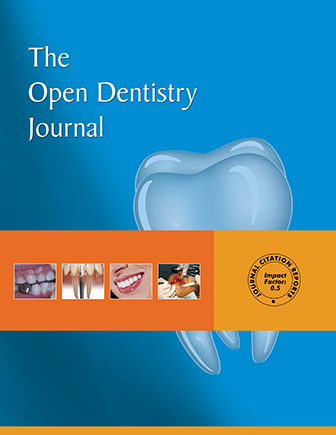All published articles of this journal are available on ScienceDirect.
Different Treatment Modalities followed by Dental Practitioners for Ellis Class 2 Fracture – A Questionnaire-based Survey
Abstract
Introduction:
Dental trauma is one of the most commonly seen injuries involving teeth and surrounding structures. The frequent causes of dental trauma are usually falls, traffic accidents, fights and sports injuries. Rapid treatment can prevent long-term damage to the orofacial structures and save the teeth. Ellis class 2 fracture is classified as the involvement of enamel and dentin excluding pulp. Dental practitioners are used to treating Ellis class 2 fracture very often in their dental practice and is usually considered as a dilemma among dental practitioners for the different treatment modalities followed for treatment of Ellis class 2 fracture. A survey is done among dental practitioners to assess the different treatment modalities followed by them in the case of Ellis class 2 fracture.
Materials and Methods:
A survey was done among 380 dental practitioners in the Chennai region in which 360 dental practitioners responded. The survey was distributed through electronic media and other means of communication. The survey data was collected, analysed and interpreted.
Results:
The results suggested that about 90% of dental practitioners had adequate knowledge and attitude towards the management of dental traumatic injuries. However, the practical application of the different treatment modalities was seen to be varied among dental practitioners. Based on this survey it was clear that majority of the dental practitioners in Chennai have good knowledge, attitude but there was a lack of clinical practice regarding the different treatment modalities followed by general practitioners for Ellis class 2 fracture.
Conclusion:
The survey shows that dental practitioners have a sound knowledge, attitude, but the practical application of the various treatment modalities available was seen to vary among various dental practitioners for Ellis class 2 fracture.


